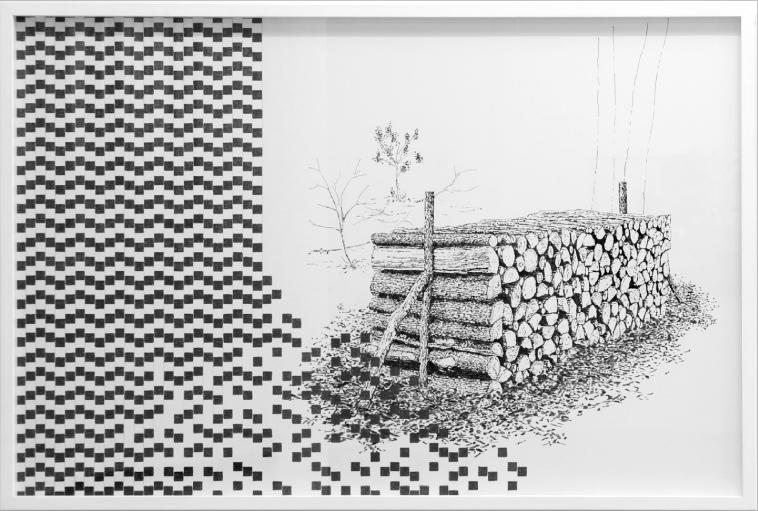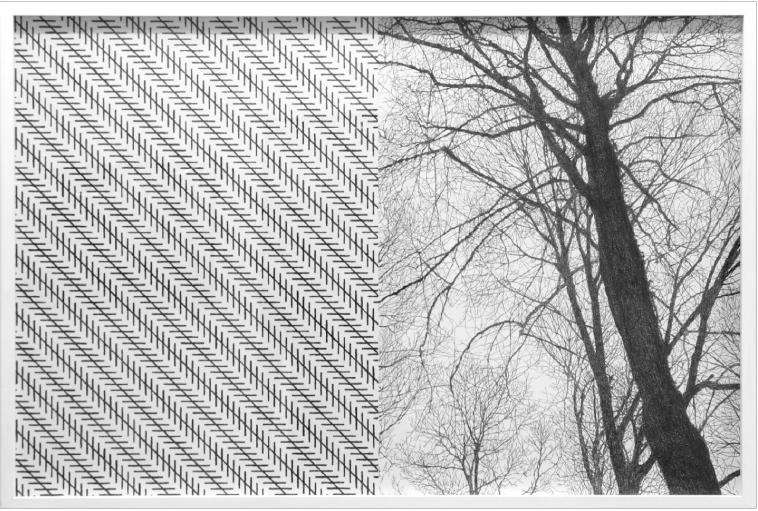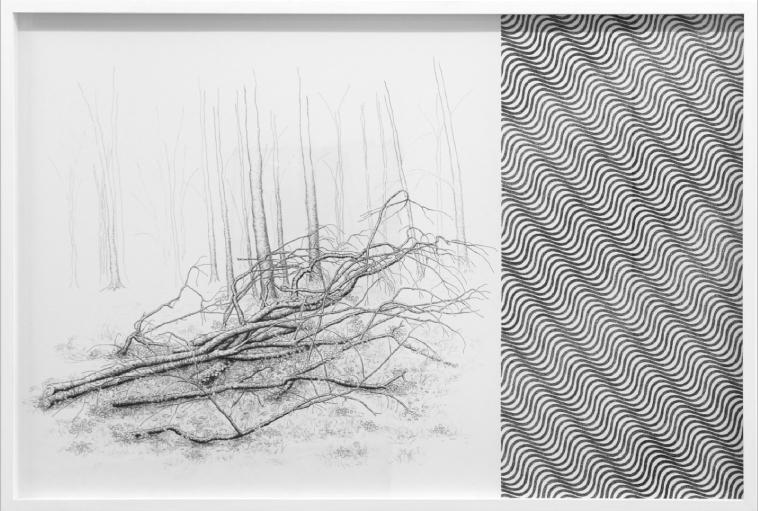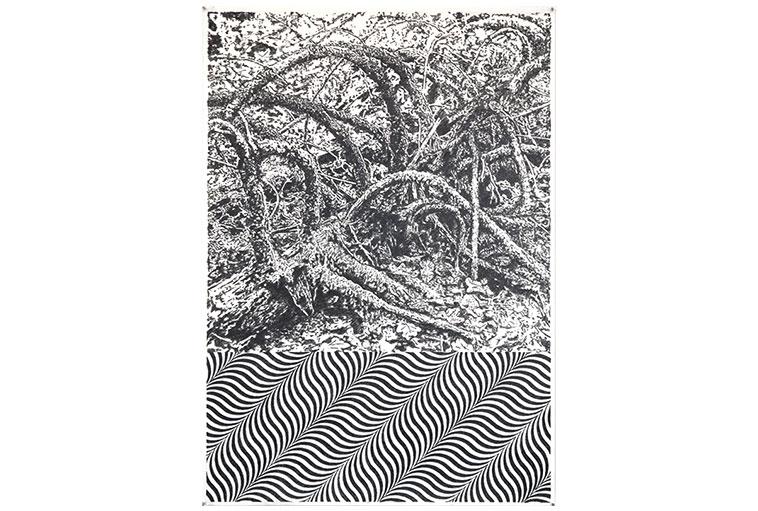Silva
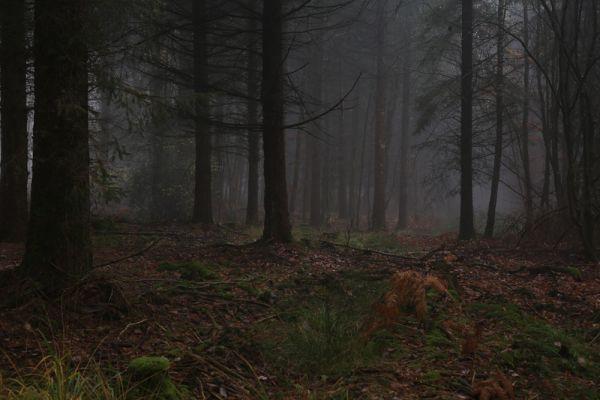
Silva is a film project which aims to draw up a subjective portrait of a landscape, thanks to the encounter and arrangement of three gazes cast over the forest: that of a hunter with bow and arrow, that of an automated scientific laboratory, and that of three musicians playing deep in the woods. The forest, that at once subtle and complex space, is thus seen as a natural and living world, in its relation with science and technology, and, last of all, as a space of artistic and musical creation.
Note of intent and research, Pierre Malphettes, 2015
For several years I have been interested in the question of the landscape, in the elements which form it, in the relation which man has with nature, and in the interaction between the natural and industrial worlds. Throughout these years, I have thought about the way of broaching the forest, that element of the landscape which is also a landscape itself. Through this research, I have become interested in questions of space and matter.
The fact is that the forest is an entity which encompasses within itself many of these questions. It is a mysterious place. It is at once visible and invisible, it is impossible to grasp it in its entirety, you can just move through it. It is as much a place of loss as a refuge, incredibly complex and diverse; it is a complete system, at once natural and wild, needless to say, but also industrialized, because it is constructed, managed and exploited by man. It is a complex, contradictory world, an inner space as well as an outer space, with a very powerful symbolic and artistic impact and significance, which calls for a no less complex approach.
And it is also a world which resists, both literally and figuratively. It has been resisting for millions of years in order to exist, and this is why it has given rise to so many legends, myths, written and filmed stories, and so many artworks.
In Silva three gazes are cast on this forest. Three pairs of eyes belonging to three different worlds which co-exist and offer us three ways of perceiving it. It is their arrangement, their common presence in this forest which makes it possible to produce meaning and form the complex portrait of a landscape. It is their reunion in the film as elements with the same value which creates the wealth, strangeness and poetry of the film, a film made up of sensations and perceptions.
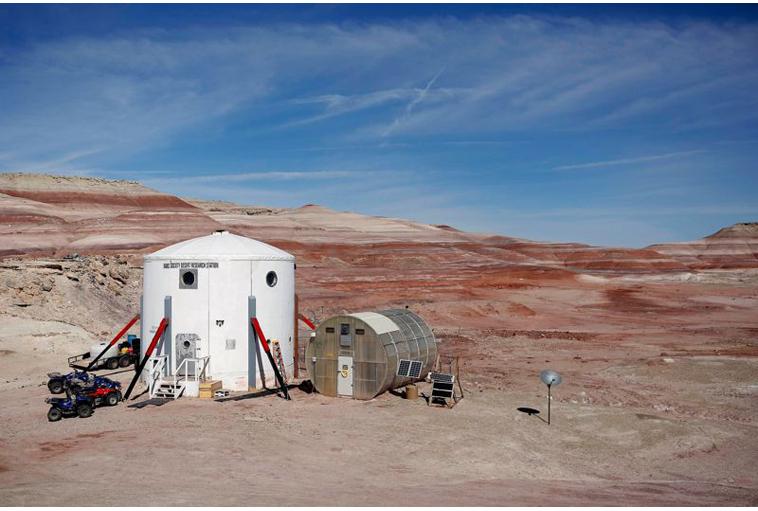
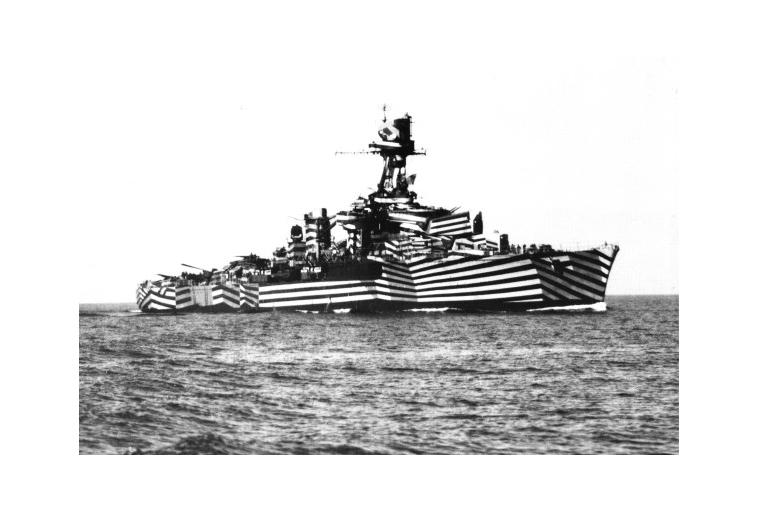
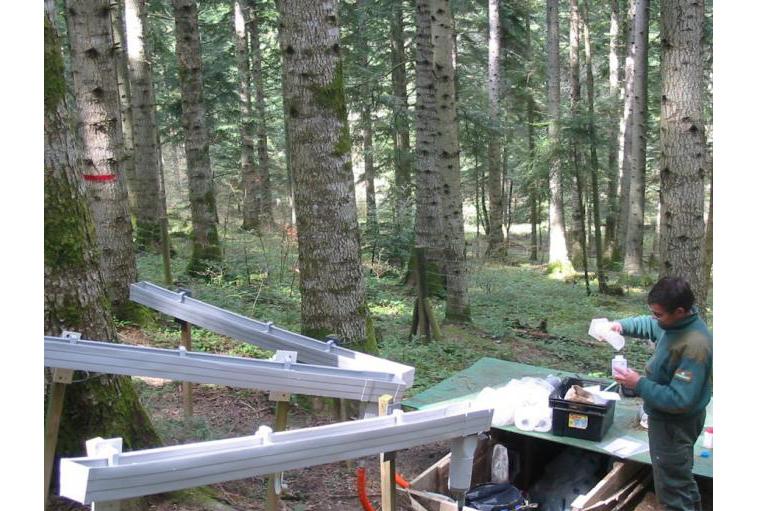
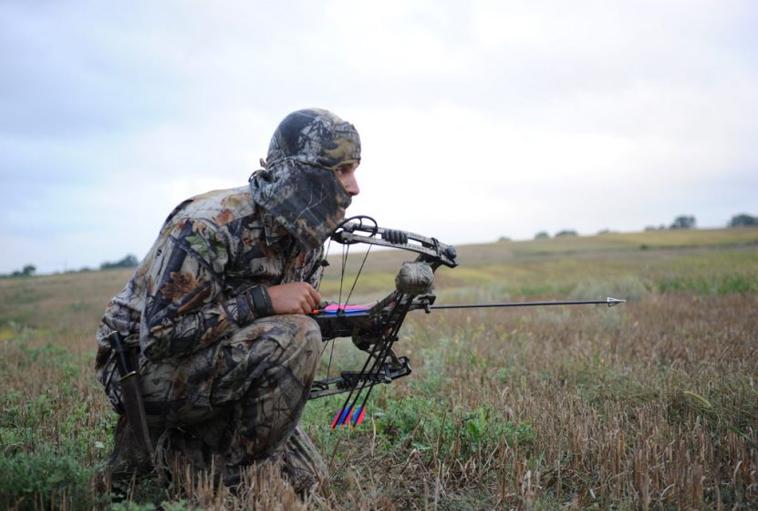
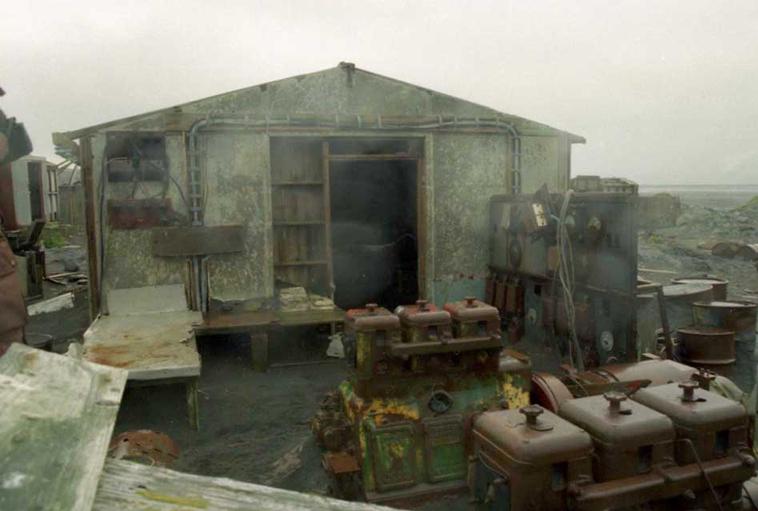
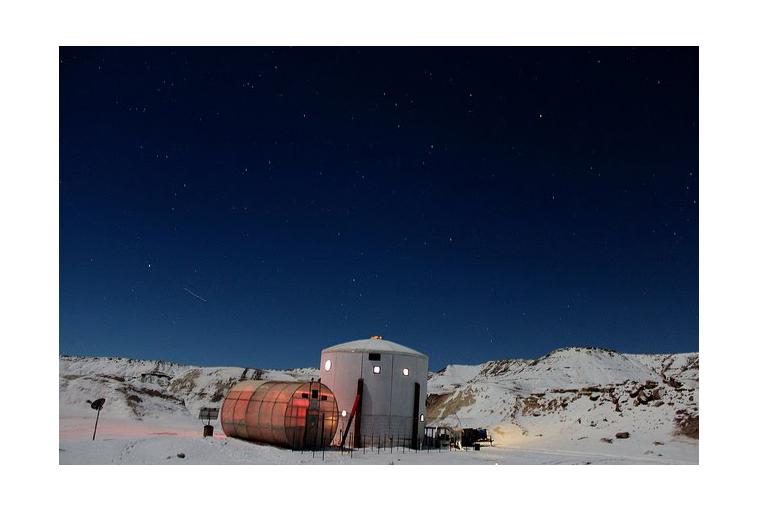
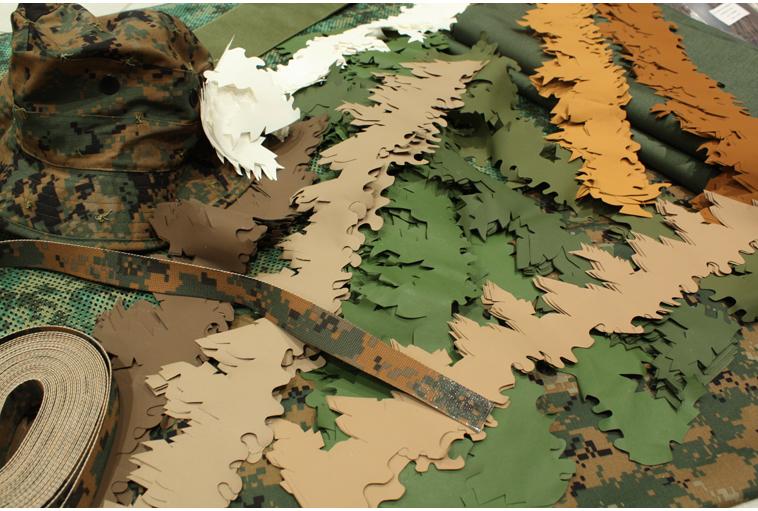
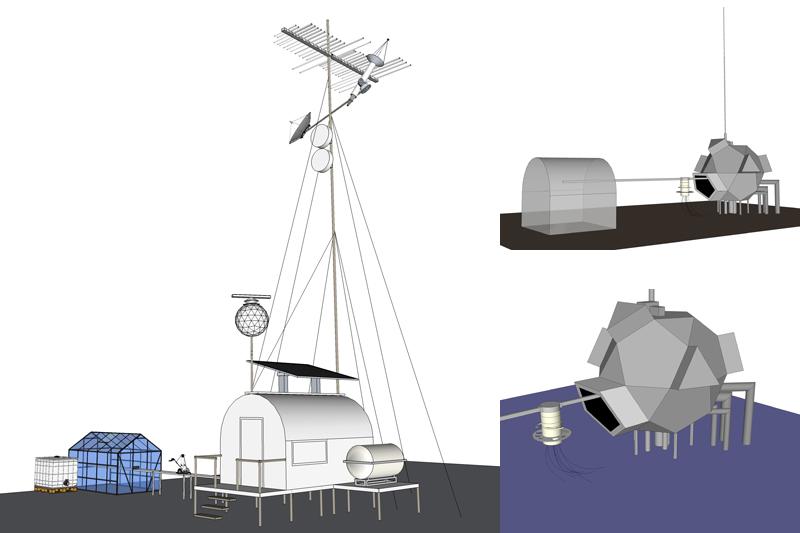
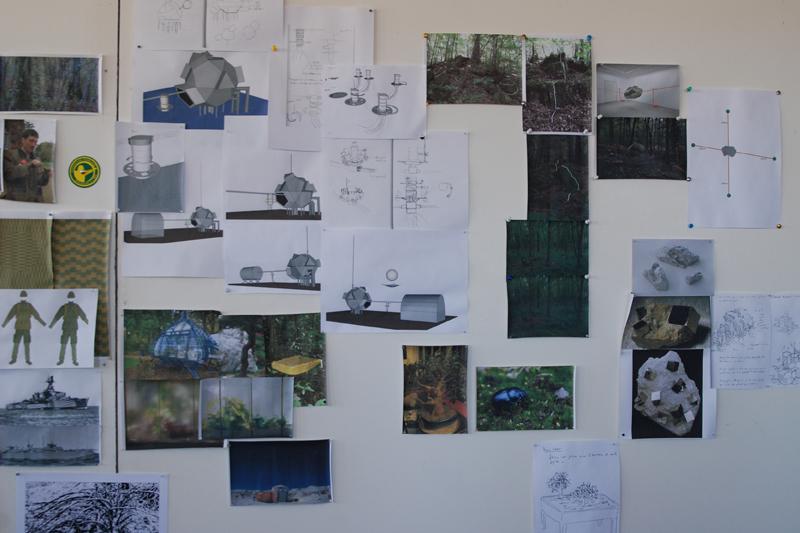
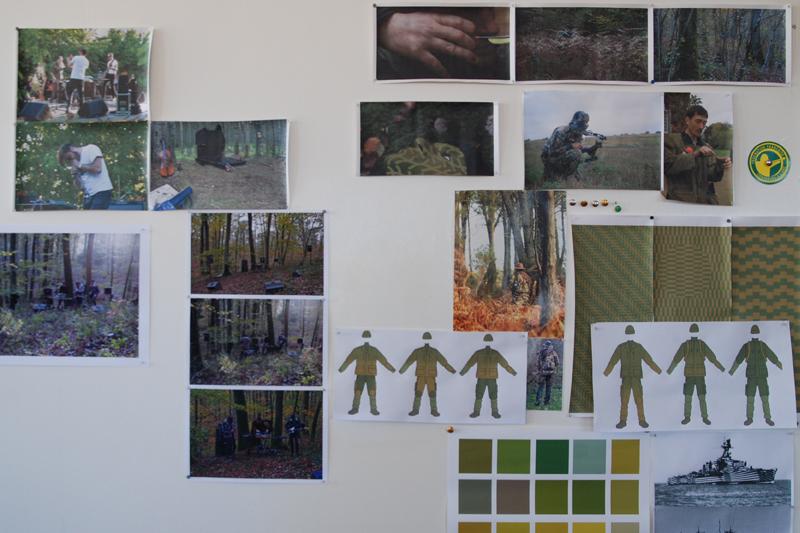
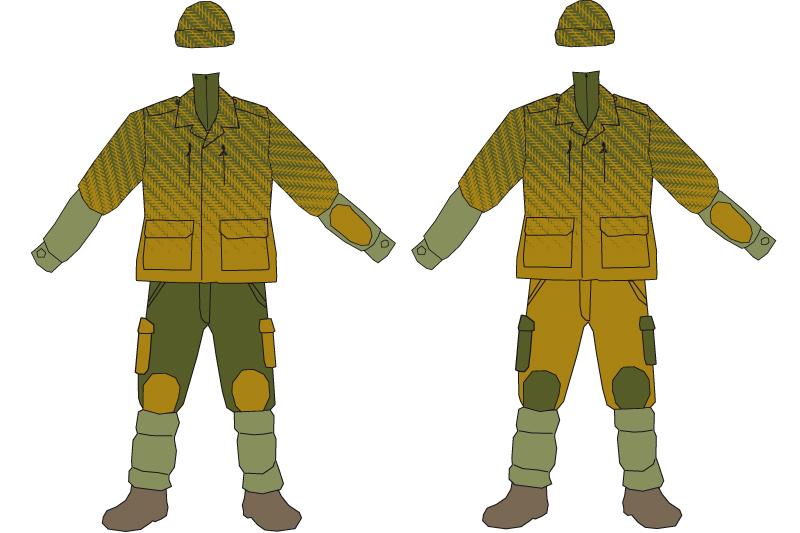
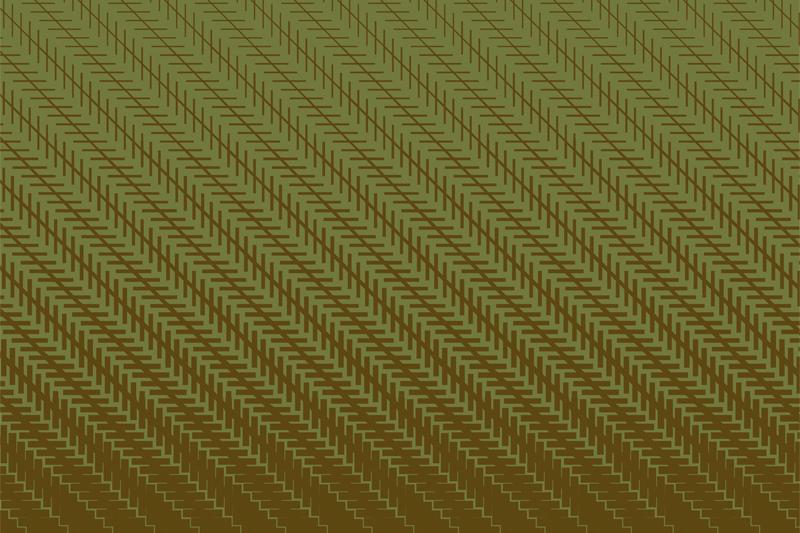
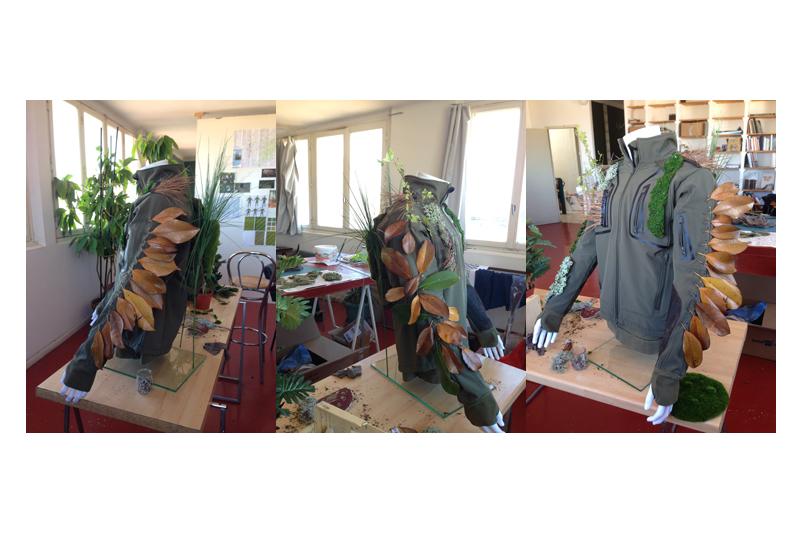
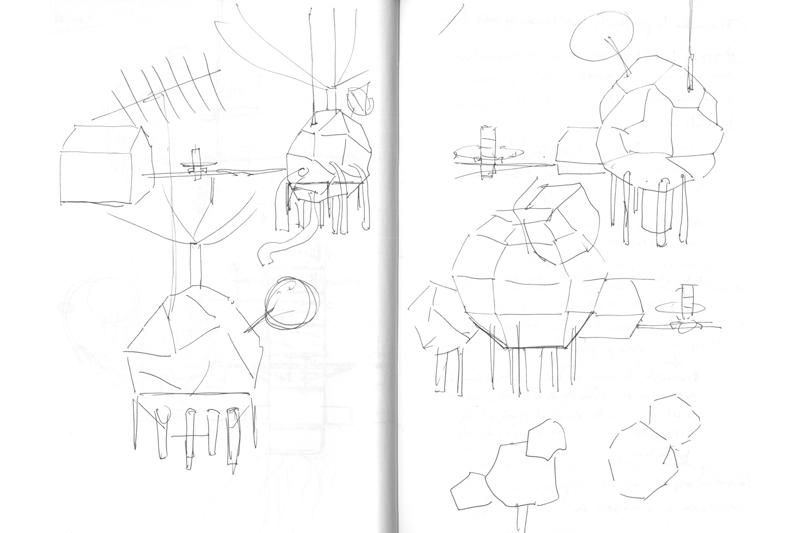
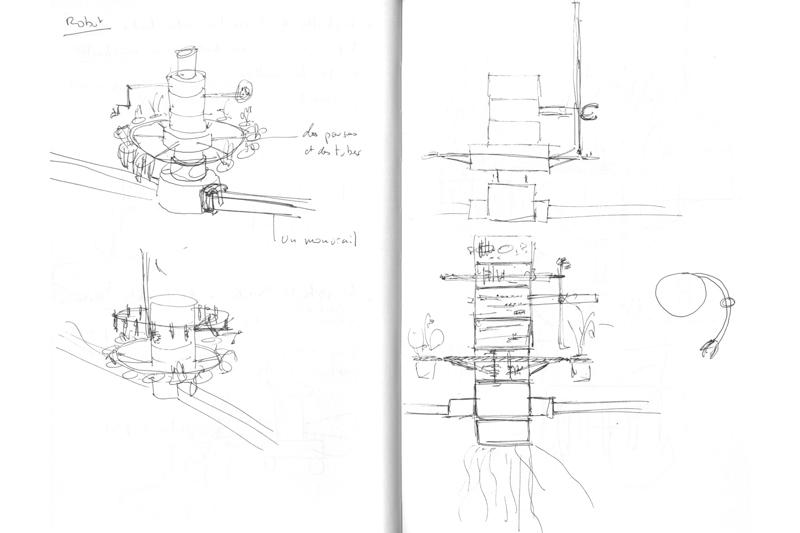
Production
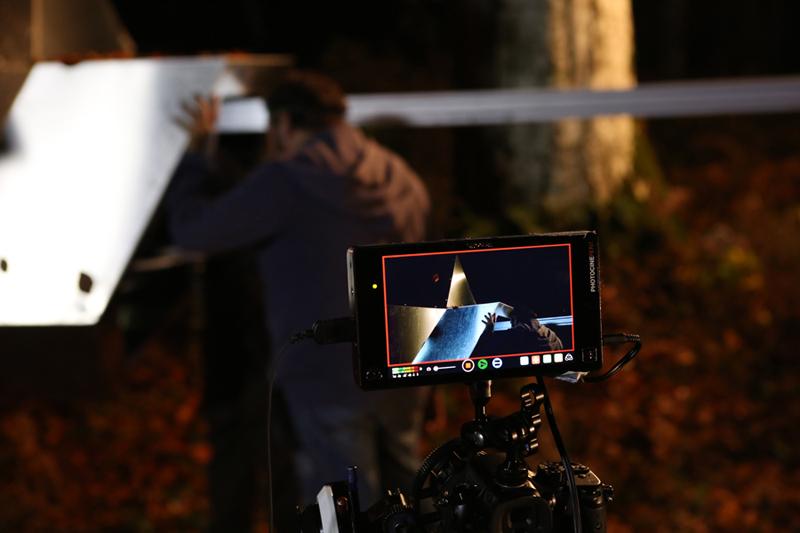
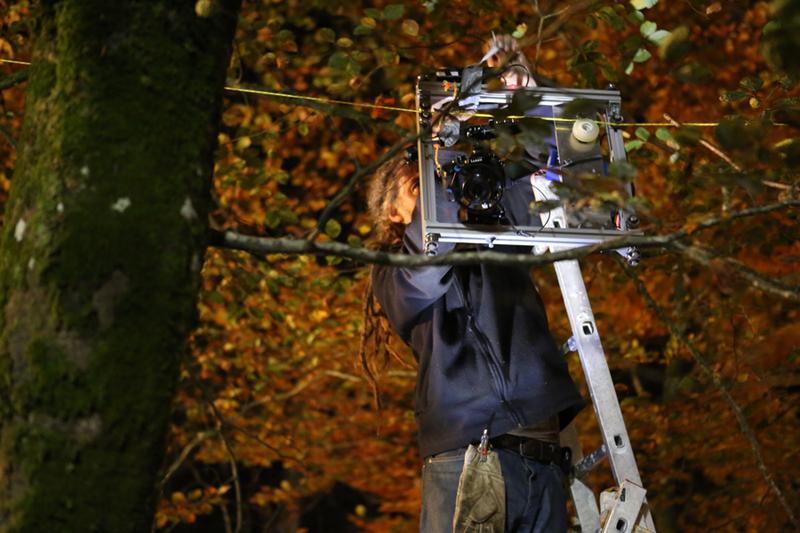

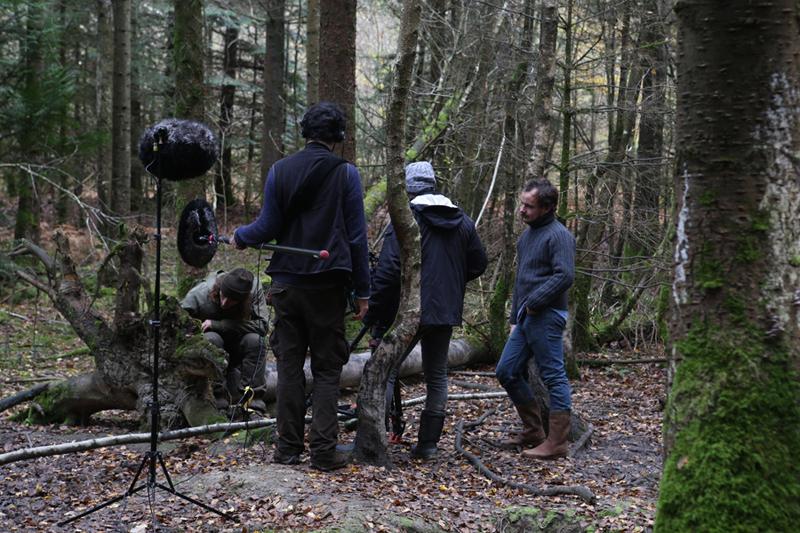
Silva is an artistic as much as a cinematographic and visual object. It is not a story, but a sensory plunge into a space, borne along by a visual language capable of describing these sensations. Here, the forest is inhabited by one or two plastic interventions which bring a certain strangeness to the world filmed. The laboratory is itself a large installation, it is filmed at night with artificial lights. At another moment we cross paths with a rock suspended in mid-air between four trees. Other much lighter interventions also stake out the film.
The forest is filmed like a microcosm and like a macrocosm. Long descriptive tracking shots punctuate the film, examining both matter in its tiniest details and the space of the forest in all its immensity.
The camera movements return in the film like recurrent figures to introduce the three entities which live in the forest. What is more, 360 degree pans recur regularly in the film to plunge us into the forest’s space-time.
The hunter, the laboratory and the group of musicians are broached in the same way so as not to hierarchize the importance of each one.
The contemplative movements, based on the forest’s pulse, correspond with more cut editing moments, in particular on the hunter who is grasped very close to, in close up and very close up shots, on his face and body. In his movements, we are very close to him, we perceive him like a microcosm, too, he is included in the forest environment using broad shots in which he merges and fuses with the forest.
Sound and music have an important place. They have been composed by the Bader motor group, which appears on screen in the live sequence. They play a hard kind of music, somewhere between electronic and rock with psychedelic overtones. Some parts of the sound track are melodic, others more atmospheric. These compositions are accompanied and complemented by the work of the sound recorder and sound designer Julien Ho Kim. The film’s sound gives a sometimes sombre quality to the atmosphere that emanates from the images.
This film is thus at once contemplative and tense, it finds its pace in the sensations released by the spaces, plastic forms and bodies. Its climax is developed like the high point of a sensory crescendo.
Synopsis :
Silva is an immersion in the forest, that mysterious place, visible and invisible at once. Elusive in its entirety, all you can do is move through it, either getting lost or taking refuge.
It is organized around three approaches, three ways of living and observing it:
Through a hunter with bow and arrow closing in on his prey, we see the forest like a natural and living world. This character is a perceptive being, the film will tell us about his sensations.
Then, filmed at night, we discover an automated scientific laboratory conducting research to do with plants and the ecosystem. Last of all, musicians playing the film’s sound track live in the woods, and having an artistic and musical experience.
It is from the arrangement of these three gazes that the complex and subjective portrait of a landscape emerges.
Silva, a body of works
This project in its entirety is made up of a body of works, with the film forming the heart:
I. Film
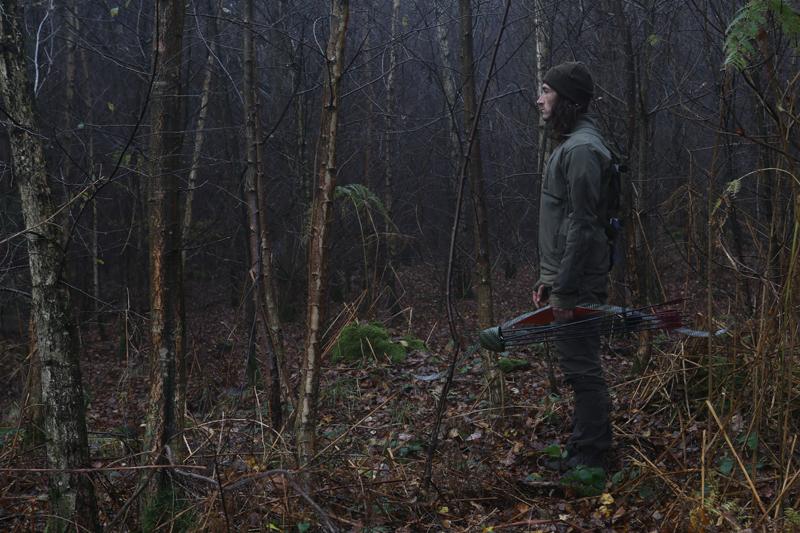
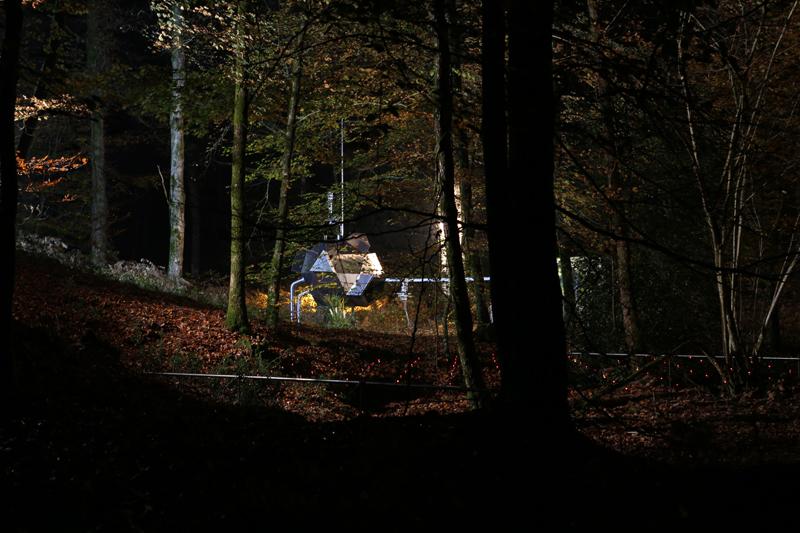
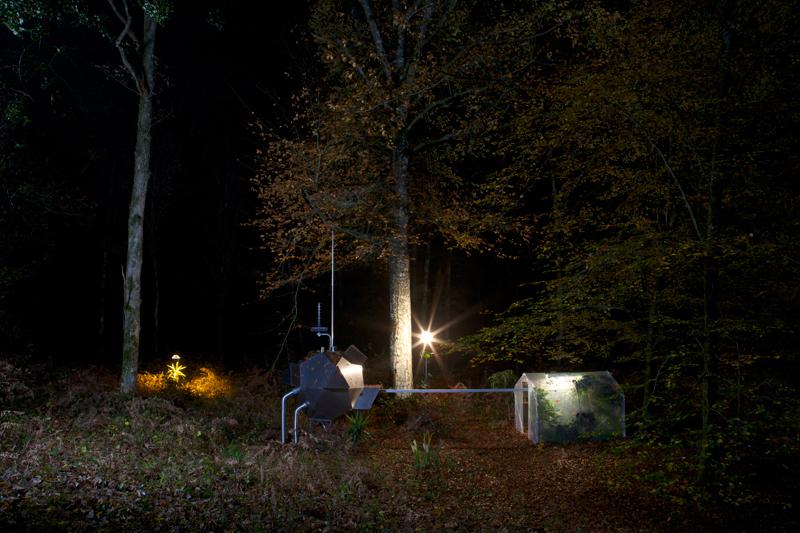
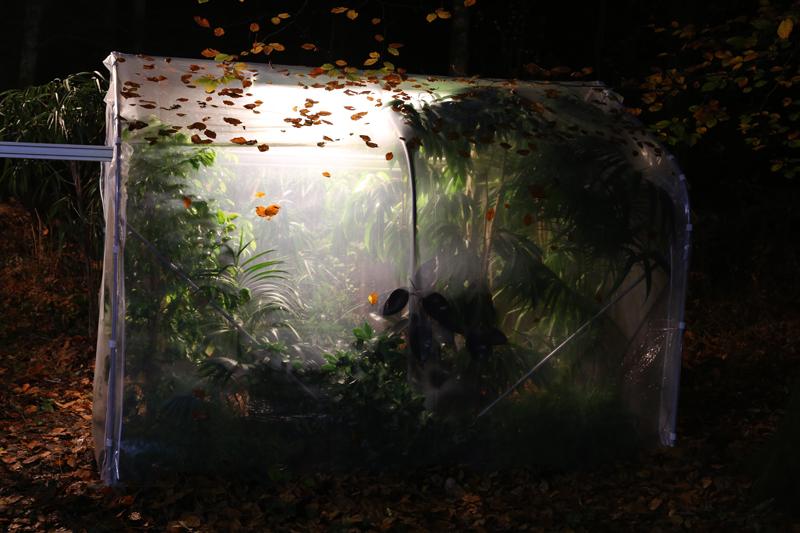
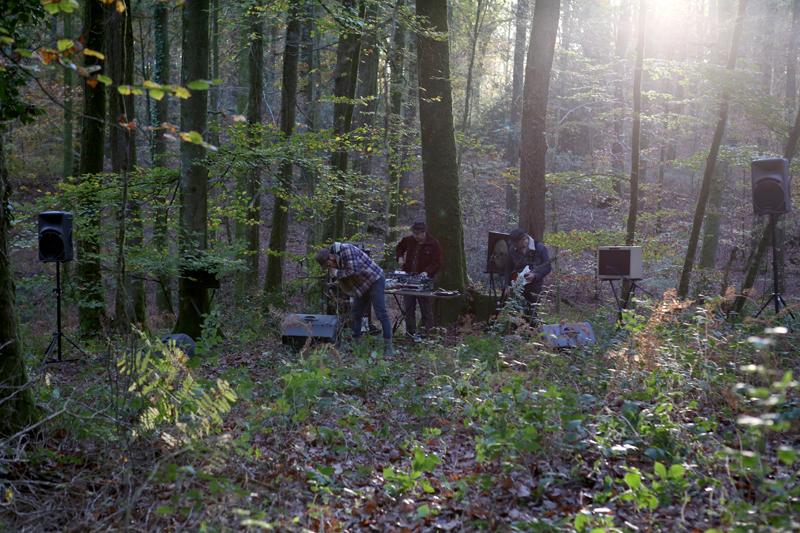
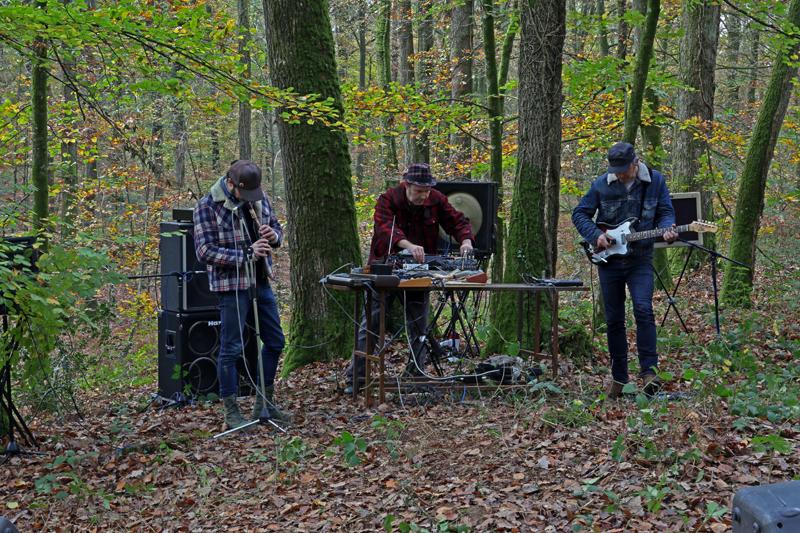
Silva, 40 min, 2016
A film by Pierre Malphettes
Pierre Malphettes: auteur, director, producer
Julien Sallé: co-director, cameraman
Julien Ho-Kim: sound, sound editing, sound creation
Julien Viniane: actor
Arnaud Maguet: Bader Motor): musician
Frédéric Bigot (Bader motor): musician
Vincent Epplay (Bader motor): musician
Elodie Broillard: editing
Julien Daniel: calibration
Christophe Grémiot: editing
Ronan Leroy: production director, production
Eddy Godeberge: set constructor, machino
Frédéric Chartiot: lights, production and technical assistant
Guillaume Stagoro: robots
Clémentine Rau: Costumes
Norman Nédélec: trainee
Financial partners:
Mécènes du Sud
Fondation Nationale des Arts Graphiques et Plastiques
DRAC PACA
Ville de Laval
II. Photographs
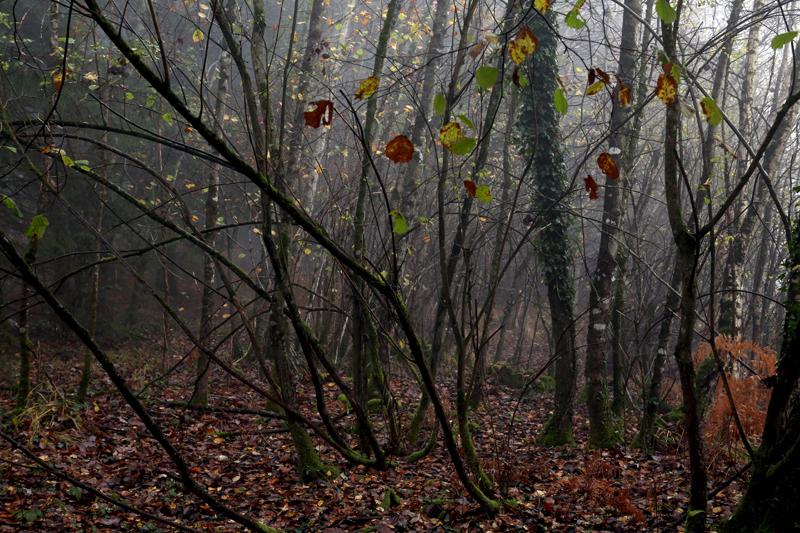
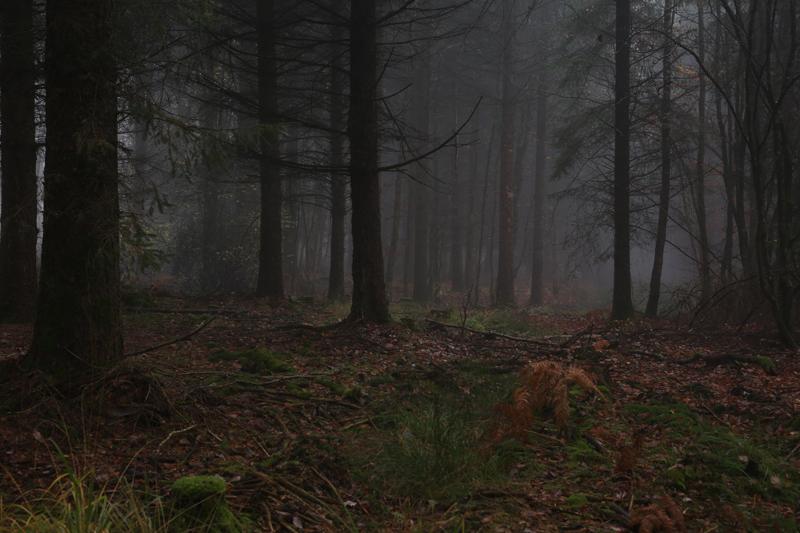
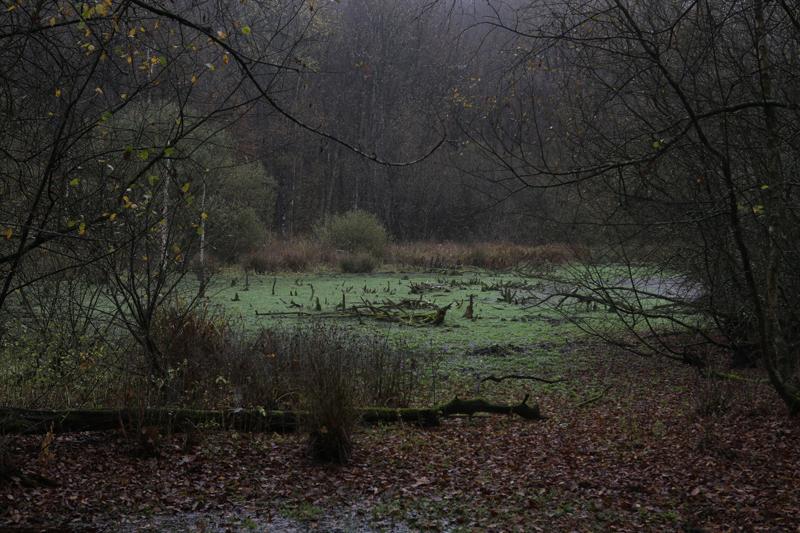
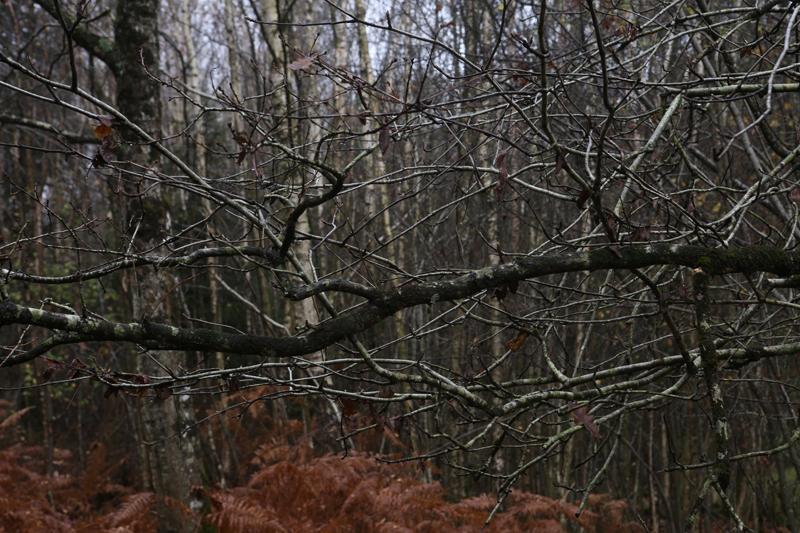
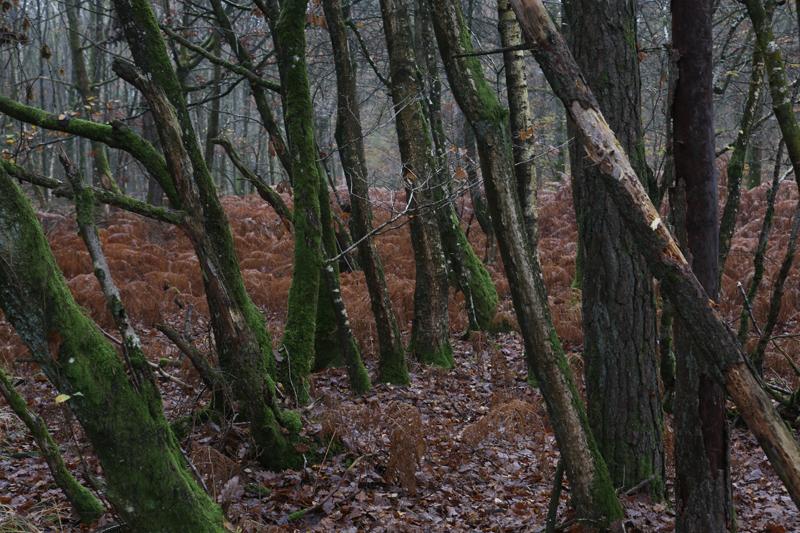
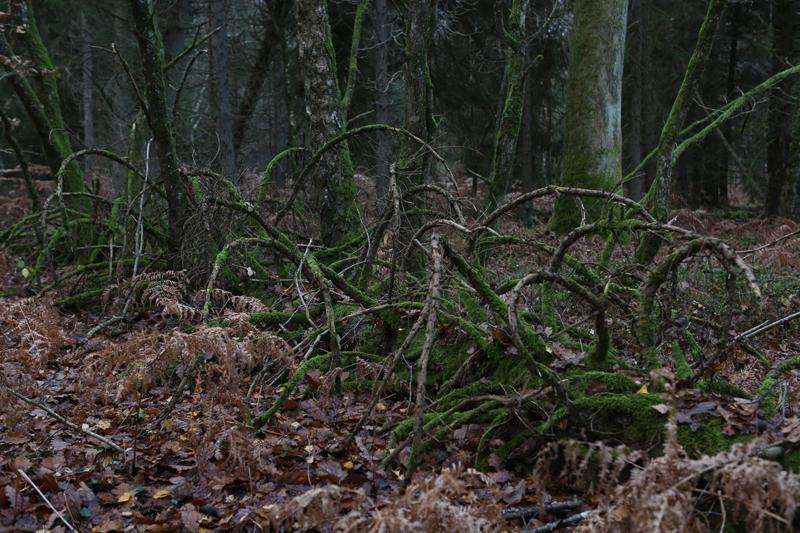
III. Drawings
